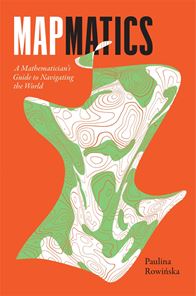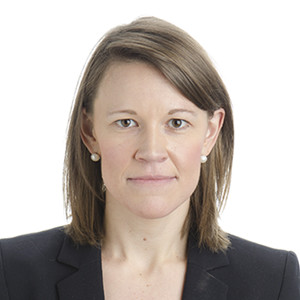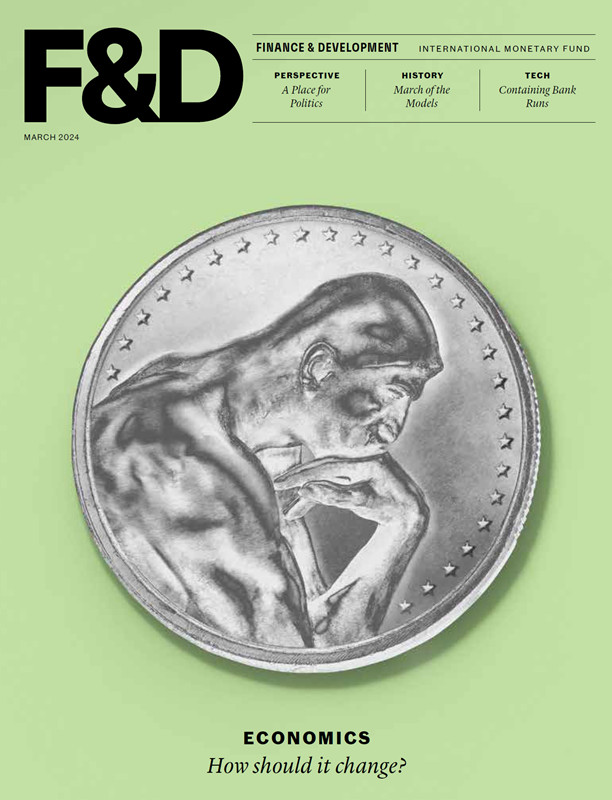Mapmatics: A Mathematician’s Guide to Navigating the World
Paulina Rowińska
Harvard University Press
Cambridge, MA, 2024, 284 pp., $29.95
“Behind every map, there’s mathematics,” Paulina Rowińska writes in Mapmatics, her engaging exploration of how maps are made and how they inform and influence our view of the world. Clear explanations and historical examples make complex mathematical concepts accessible. As a result, the reader comes to appreciate that maps serve not only as navigational tools but as powerful visual aids that solve real-life problems.
One example is the book’s explanation of graph theory’s origins and its links to today’s seamless logistics systems. We may wonder at first what Leonhard Euler’s proof of the famous math puzzle of the Königsberg bridges has to do with everyday life, but we aren’t left in the dark for long. To solve the puzzle—Is it possible to walk through the city (now Kaliningrad, Russia) by crossing each of its seven bridges only once, starting and ending at the same point?—Euler developed a method of representing relationships between objects in graphic form. Turning maps into graphs, it turns out, meant that questions about routes could be converted into a language computers can comprehend, unlocking answers to questions that were beyond human computational abilities.
It’s not hard to imagine the contributions this thinking has made to the functioning of an interconnected world. More than two centuries after Euler considered the Königsberg bridges, UPS engineers and mathematicians used this same thinking as the basis for an algorithm to optimize delivery routes, saving the US company hundreds of millions of dollars a year through improved efficiency.
Similarly, Rowińska gives a crash course on fractals and the very practical reasons we ignore them at our own peril. She introduces us to “the coastline paradox” in which, counterintuitively, a coastline’s length increases when measured in smaller units. It’s easy to underestimate how important this is. Yet Rowińska shows how repeated failures to grasp this concept—or even acknowledge its existence—have tripped up policymakers by causing disagreement about what might be considered an indisputable fact: the length of a coastline.
Coastline length is foundational to such things as the law of the sea, international borders, fishing rights, and determining funding for coastal areas. The coastline paradox will always exist, but establishing a uniform “length of measure” would do much to prevent misunderstandings and disputes that arise from differing measurements.
Rowińska delves into many other practical applications of maps and math, including gerrymandering of electoral districts, tracking disease outbreaks, and measuring seismic activity. What comes across clearly from the author—a mathematician with a PhD from Imperial College London and a science communicator—is that the fusion of maps and mathematics opens doors to a deeper understanding of the world. With or without a background in math,the reader comes away from this book with a greater appreciation for the power of math and maps as an enduring problem-solving tool.
Opinions expressed in articles and other materials are those of the authors; they do not necessarily reflect IMF policy.










